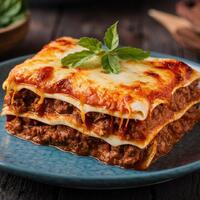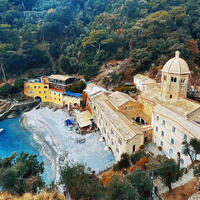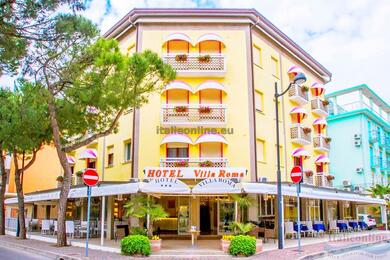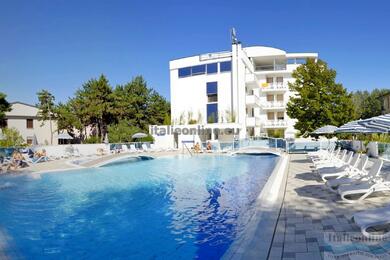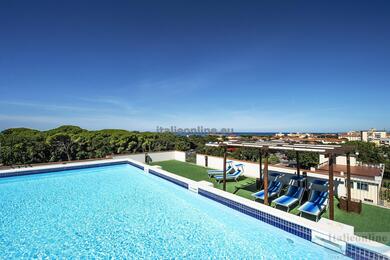The history of Parma dates back to 183 BC, when the city was founded by the Romans. However, it was not until the Middle Ages that Parma became an important cultural and political centre, which can be seen in its architecture.
The jewel of the city is the Duomo di Parma, a masterpiece of Romanesque architecture from the 12th century. Next to the cathedral stands the famous octagonal Baptistery. Also in the city you will find the Farnese Theatre, one of the first permanent theatres in Europe.
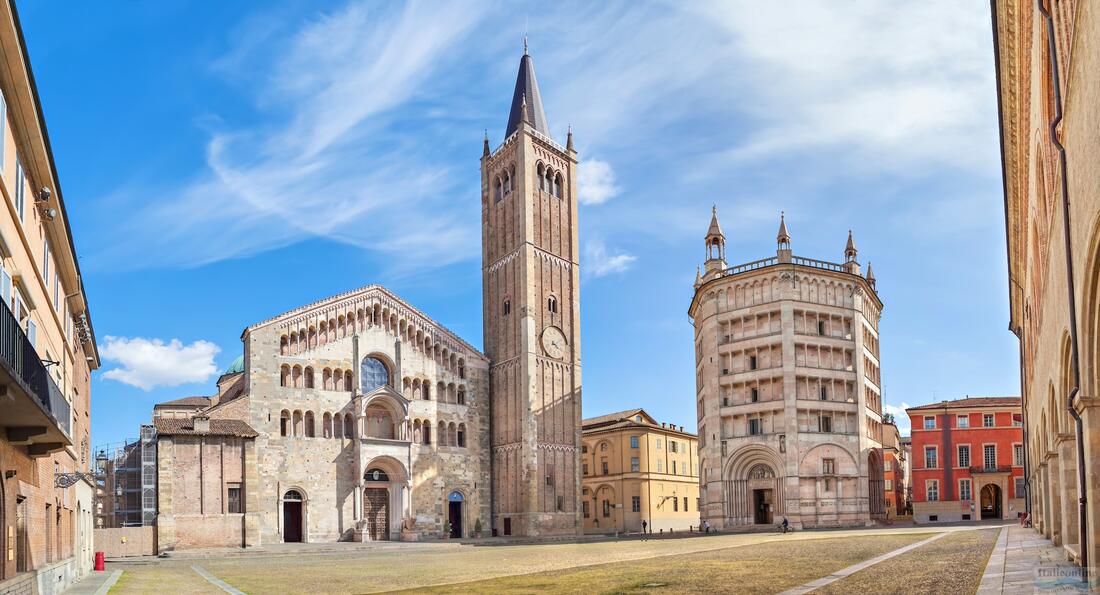
Parma is also synonymous with a rich cultural scene. The city is home to the famous Verdi Festival, named after the Italian composer Giuseppe Verdi, who was born near here. The Teatro Regio, one of Italy's most prestigious opera houses, regularly hosts major opera performances.
However, one of the main reasons tourists visit Parma is for its gastronomy. The city is famous for its Parmigiano Reggiano cheese and Prosciutto di Parma. These delicacies are known all over the world and form an integral part of Italian cuisine. The local markets and restaurants offer a wide selection of these and many other specialities, making Parma a foodie's paradise.
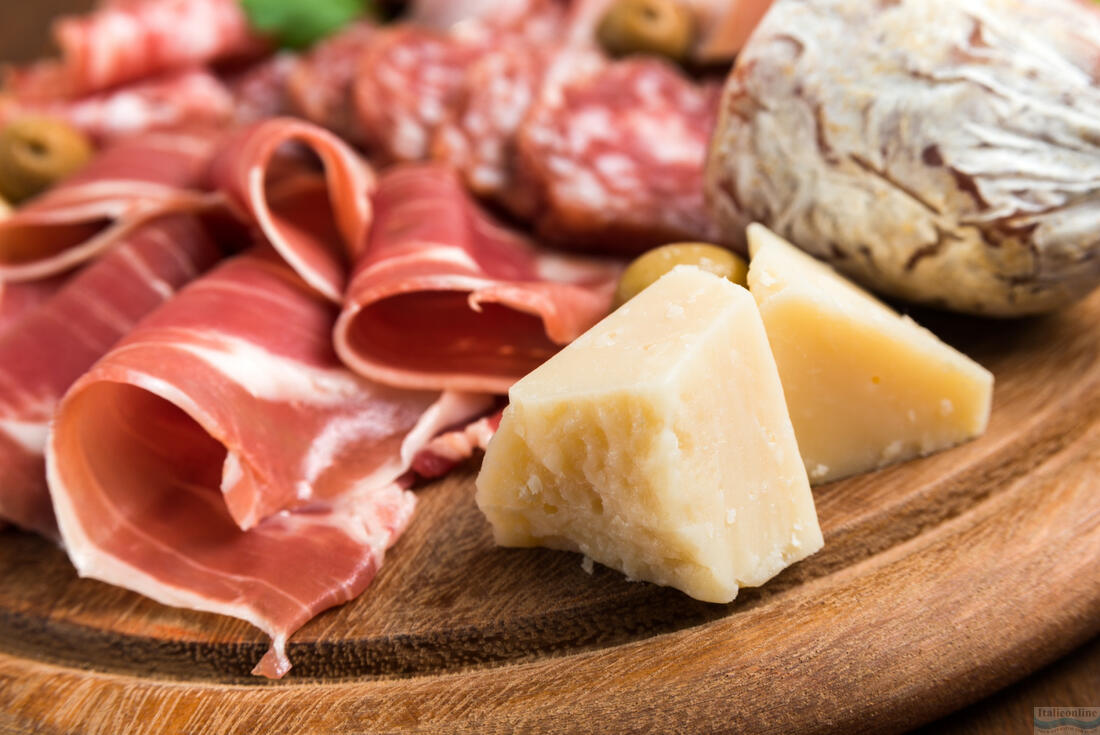
In Parma (and the surrounding area) there are also several museums dedicated to gastronomy, which offer a visit tovisitors a unique opportunity to learn more about the famous Italian cuisine, traditional foods and their production.
- Museo del Prosciutto di Parma (Museum of Prosciutto di Parma)
This museum is located in the nearby town of Langhirano, which is the centre of production of the famous Parma ham. Visitors can discover the history and production process of Prosciutto di Parma. The exhibition includes old tools, photographs and interactive displays that explain the various steps in the production of this famous delicacy. Tours often include a tasting of fresh prosciutto di Parma.
- Museo del Parmigiano Reggiano (Parmigiano Reggiano Museum)
Located near Parma, this museum is dedicated to the history and production of the famous Parmigiano Reggiano cheese. The museum displays the historical tools and techniques used in the production of the cheese from ancient times to the present day. Here you can see how the cheese is made, how it is aged and its importance in Italian cuisine. A tasting of different types of Parmigiano Reggiano is often included in the tour.
-
Museo del Salame di Felino (Felino Salami Museum)
This museum is located in the village of Felino, which is famous for its production of traditional Italian salami. The museum offers an insight into the history and production of this specific salami, with an emphasis on regional traditions and practices. Visitors can learn about the various stages of production, from the selection of ingredients to the maturing process.



